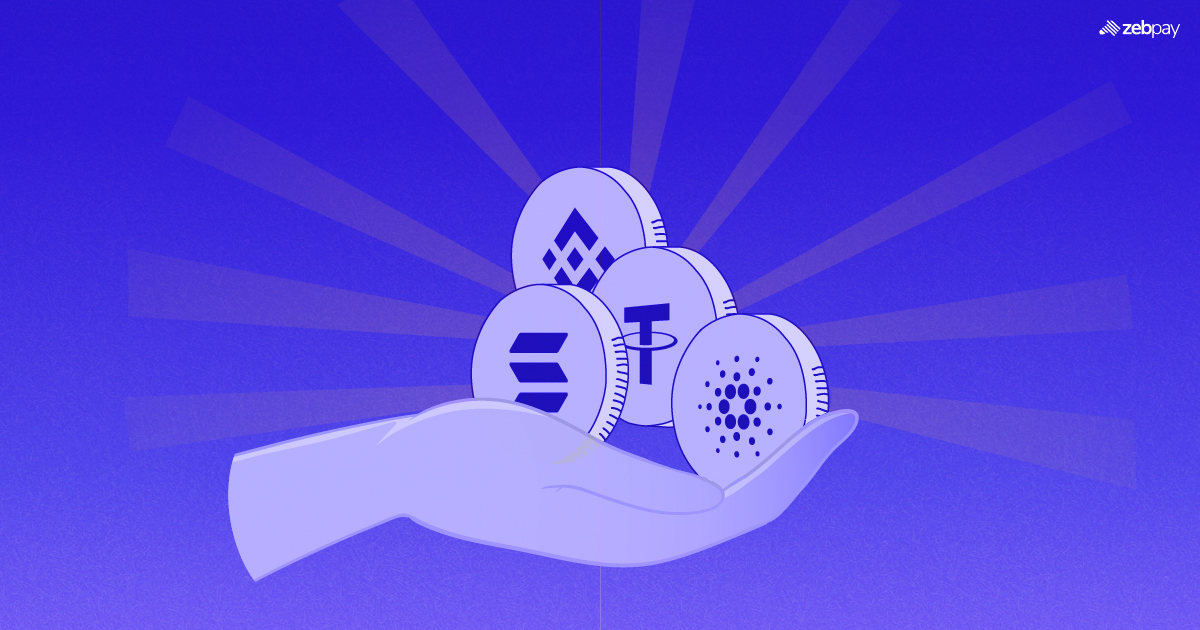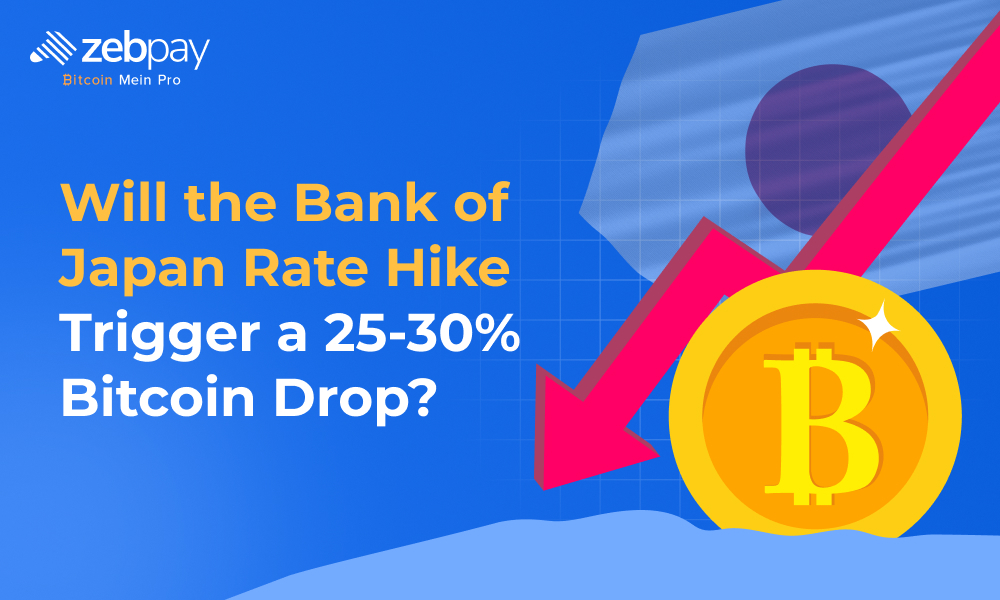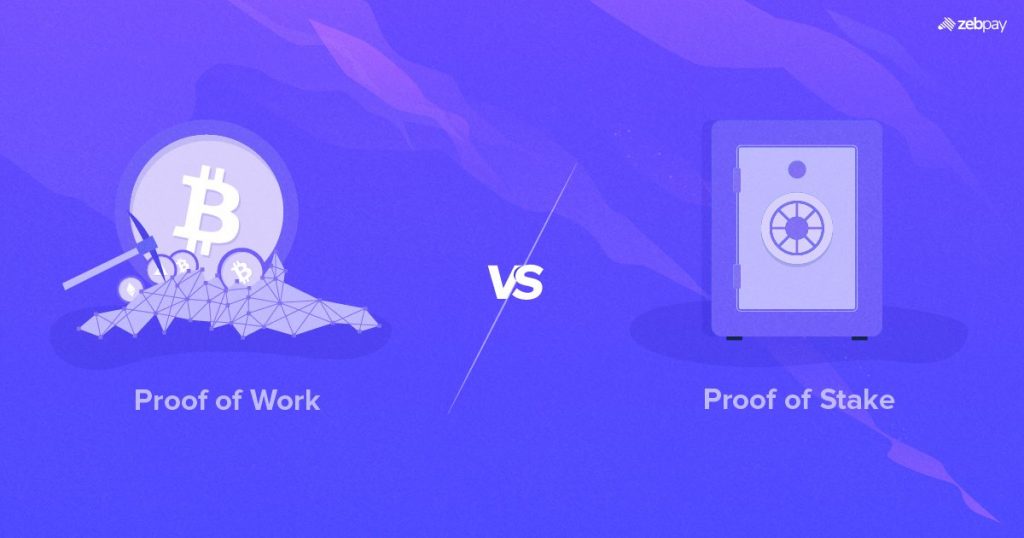Alternative coins, commonly referred to as altcoins, represent all crypto, excluding Bitcoin. They derive their name from being alternatives to both Bitcoin and traditional fiat currency. The inception of altcoins dates back to 2011, and the current landscape boasts thousands of them. Initially, early altcoins sought to enhance aspects of Bitcoin, such as transaction speeds and energy efficiency. However, contemporary altcoins serve diverse purposes, aligning with the specific objectives of their developers.
Given the significant presence of altcoins in the market, every crypto investor must grasp their functioning. This blog delves into the uses of altcoins, their advantages and disadvantages, and more, providing valuable insights for investors.
Popular Altcoin Categories
Forked Altcoins
Several cryptos adhere to the technical standards established by Bitcoin, often featuring a fixed supply and requiring mining through the proof-of-work process. A notable example is Litecoin, positioned as the “silver” counterpart to Bitcoin’s “gold.” While Bitcoin typically takes just over 10 minutes to confirm a transaction, Litecoin achieves this in about 2.5 minutes. Originally designed to simplify mining for the average user, Litecoin employs the Scrypt cryptographic algorithm, distinguishing it from Bitcoin.
Namecoin holds the distinction of being the inaugural altcoin forked from Bitcoin, debuting in April 2011, and utilizing Bitcoin’s source code. With a capped supply of 21,000,000 coins like Bitcoin, Namecoin is characterized by its founders as “an experimental open-source technology” enhancing decentralization, security, censorship resistance, privacy, and the speed of specific components of internet infrastructure such as DNS and identities.
Read more: Bitcoin vs Altcoins
Token-Based Altcoins
The term ERC-20 denotes a technical standard that outlines a set of common rules governing aspects such as token transfers, transaction approval processes, and the overall token supply. This standard originated from a 2015 proposal that became part of the Ethereum protocol through an Ethereum Improvement Proposal (EIP-20). Smart contracts are employed to create ERC-20 tokens, offering diverse applications due to the logic embedded in these contracts. Notably, ERC-20 tokens span a wide range, with some representing financial assets akin to company shares, potentially leading to regulatory considerations as securities in certain jurisdictions.
Beyond financial assets, ERC-20 tokens can be utilized to symbolize items like loyalty rewards and reputation points. For instance, imagine an online travel agency issuing points to users for each booking made through its platform. Additionally, ERC-20 tokens have the flexibility to represent physical entities such as gold or real estate, although maintaining a seamless connection between digital tokens and physical objects poses challenges.
Privacy Coins
A privacy coin is a form of crypto specifically crafted to emphasize user privacy and anonymity. These coins underscore the misconception that all cryptos offer anonymity, when, in fact, the majority default to pseudonymity. While crypto transactions themselves lack personal information or IP addresses, their pseudonymous nature allows for the inference of sender or recipient details through the analysis of transaction data and patterns.
Introduced in 2014, Monero stands out as a decentralized, open-source crypto explicitly designed to prioritize privacy. It incorporates a blend of ring signatures, stealth addresses, and confidential transactions to enhance the privacy of its transactions and render them challenging to trace.
Stablecoins
Stablecoins represent crypto that asserts their backing by fiat currencies such as dollars, pounds, shekels, rubles, and more. The core concept is that, unlike volatile cryptos like Bitcoin, stablecoins maintain a stable value, aligning with the fiat currency that supports them. These coins serve various purposes, including acting as stores of value or units of account, particularly in scenarios where the volatility of other cryptos may be less favourable. Diverse strategies, whether centralized or decentralized, are employed by different stablecoins to achieve and sustain price stability.
Among the earliest stablecoins, Tether (USDT) was launched in 2014 and remains the most widely used to date, holding significant value in the crypto market by market capitalization. USDT is frequently employed for swift money transfers between users, enabling traders to capitalize on arbitrage opportunities arising from variations in crypto prices across different exchanges. Another notable stablecoin is USD Coin (USDC), introduced in 2018 by the collaboration of crypto firms Circle and Coinbase within the Centre Consortium. Initially pegged to the U.S. dollar, USDC has an open-source protocol, allowing individuals or entities to utilize it for developing their products.
Read more: What are Stablecoins
Altcoin Creation and Technology

Altcoin development involves constructing a secure alternative crypto tailored to your business. The process of creating your altcoin is not overly complex, and for startups venturing into this realm, the option exists to either engage a skilled altcoin developer or enlist the services of an altcoin development company to execute the task.
To initiate the development, provide comprehensive details about your coin, encompassing a distinctive coin name, a three-letter abbreviation, and the coin’s icon. The subsequent steps involve selecting the appropriate algorithm and determining its scarcity. Regarding the algorithm, you have a choice between two options: SHA256 and Scrypt. Opting for either algorithm prompts information on the default settings, including the block rate, initial value per block, and halving rate. Notably, customization of these settings is also feasible if required.
Investing in Altcoins
Assess the proportion of your crypto portfolio allocated to altcoins. Even though several blockchain projects have failed in the past, highlighting the inherent risks, investing in altcoins can still be worthwhile. To manage these risks effectively, consider stratifying your portfolio based on risk levels, particularly if you plan to invest in lesser-known or untested coins.
When looking to purchase an altcoin, conduct thorough research to identify the best fit for your crypto investment strategy. Factors to contemplate include the coin’s reputation, whether it functions solely as a crypto or operates within a platform, and various other characteristics. Explore the top altcoins, delve into their distinct traits, and make informed choices. Examine the team responsible for the altcoin project to gauge its seriousness. Scrutinize the individuals in charge through their social media profiles and online information to ensure they are trustworthy custodians of your funds. Additionally, study the whitepaper, a technical document elucidating the technology behind the blockchain project, usually authored by the developers. Whitepapers can be found on each project’s website and serve as a fundamental starting point for crypto research.
Implement diversification strategies in your crypto portfolio by spreading risk across different assets. This approach mitigates the impact of value fluctuations, with some assets potentially experiencing less decline or maintaining their value. A diversified portfolio can encompass tokens from various industry sectors, such as gaming, file storage, environmental protection, and finance. It may also include coins utilizing different consensus mechanisms like proof-of-work and proof-of-stake.
Altcoin Challenges and Risks
Altcoins exhibit a smaller investment market in comparison to Bitcoin. The altcoin market is characterized by a diminished investor base and lower activity levels, resulting in limited liquidity. Distinguishing between different altcoins and understanding their specific use cases can be challenging, complicating investment decisions. Additionally, there are instances of “dead” altcoins that have resulted in the loss of investor funds.
Altcoins are prone to higher volatility than established cryptos like Bitcoin. Substantial price fluctuations can occur, leading to both significant profits and losses. Another factor contributing to the complexity of the altcoin market is its operation within an evolving regulatory landscape. Changes in regulations, legal restrictions, or government interventions have the potential to impact the viability of the altcoin market.
Altcoin Use Cases
Altcoins offer diverse use cases and applications distinct from Bitcoin. Stablecoins facilitate convenient access to the decentralized finance (DeFi) market for investors. Governance tokens empower investors to influence the direction of the projects in which they hold a stake. Play-to-earn tokens enable communities in developing countries to explore alternative avenues for engagement and benefits within the crypto ecosystem. These varied applications contribute to enlightening the late majority of adopters that crypto extends beyond the utility of Bitcoin or Ethereum.
Altcoin Adoption and Future Trends
Altcoins that establish specific niches and offer distinctive solutions are poised to coexist alongside well-established players like Bitcoin and Ethereum. These altcoins are anticipated to address specialized use cases, delivering value to users seeking customized functionalities. As crypto becomes more deeply integrated into traditional financial systems, certain altcoins with regulatory compliance and utility may act as a bridge between the digital and fiat worlds.
Technological advancements within various altcoins could converge, leading to a more interconnected and interoperable blockchain ecosystem. The implementation of cross-chain communication protocols might facilitate seamless value transfer and application usage across diverse altcoin networks. Altcoins are expected to play a pivotal role in the evolution of decentralized finance (DeFi) and the emergence of Web 3.0. Their utility within smart contract platforms and interoperability solutions has the potential to reshape both financial and technological landscapes.
Conclusion
The trajectory of altcoins in the future is a complex journey. Similar to any advancing technology, the fate of altcoins will be influenced by various factors, including technological advancements, regulatory environments, market trends, and community adaptability. Whether altcoins diminish over time or evolve into fundamental components of emerging paradigms, their presence and exploration have significantly enhanced the overarching crypto narrative. They have pioneered new paths of value, innovation, and financial empowerment.
If you found this blog to be useful, do share it with other like-minded crypto enthusiasts. Click on the button below to begin your crypto trading journey using ZebPay.







